Microsoft takes back market share in the education sector with low-cost 2-in-1s as Macs and iPads fade
3 min. read
Published on
Read our disclosure page to find out how can you help MSPoweruser sustain the editorial team Read more

Despite the initial popularity of MacBooks and iPads as educational tools and Apple’s long history in the educational segment, there are some indications that Apple’s devices are no longer the preferred tool for educators.
A study done by FutureSource found that – especially in the US – iOS and MacOS devices are in decline as the primary tools of educators.
The major factors? The price and keyboards.While iPads have their value in helping educate younger students in kindergarten and the lower classes, as students progress, there is often a need for the older students to be able to turn in typed work like essays and creative pieces which are best done using an old fashioned keyboard and mouse interface. However, for the price of one decently specced Macbook, administrators can often pick up several cheap laptops and Chromebooks with little hassle and hand them out to students for little cost. In the case of Chromebooks and Office 365 equipped PCs, students can even save their work online and be able to login to other PCs and pick up where they left up easily. The New York times reports that one school administrator noted that he could purchase three Chromebooks for the price of one Laptop, making it a no-brainer to purchase those devices in lieu of Apple’s efforts.
While Chromebooks have strong support in USA, this is mainly due to a specific online testing environment which does not exist in other markets.
Apple CEO Tim Cook famously called Chromebooks “test machines”, referring to schools’ need for cheap devices for mass computerised testing purposes rather than actual education.

While Chromebooks dominated education in USA, the story is dramatically different in the rest of the world, which is about half of the total mobile education market.
FutureSource reports that outside of the US market, Microsoft remains a dominant market leader with a strong position in both developed and emerging markets. Microsoft is gaining share against Android, especially in large scale emerging market deals.
Around 13.6 million mobile education devices (desktops excluded) shipped to the rest of the world in 2017, with this number expected to reach 15.8 million in 2017. 12.6 million unit devices shipped in USA in 2016.
Even worldwide Chromebooks are a growing presence, growing from 2% in 2014 to 6% in 2016, and even topping the markets in Sweden in 2016.
Microsoft has been sharpening its offerings, with services such as Intune for the classroom, ‘Microsoft Classroom’, ‘School Data sSync’ and supporting low-cost laptops for school, such as the Acer Tracelmate Spin b1 and Lenovo N24 convertible. Some devices will hit price points as low as $189, neutering a significant advantage Chromebooks offer.
FutureSource notes that 2-in-1 devices are the platform of the future, with Microsoft offering a wide range of 2-in-1 products designed specifically for education.
“PC provider’s laser focus on the education sector is good news for schools and students. 2017 will see wide ranges of computing devices, designed specifically for education and at competitive price points, entering the market and vying to be the device of choice for learning,” noted Mike Fisher, Associate Director of Education at Futuresource Consulting.
The full reportcan be read here.



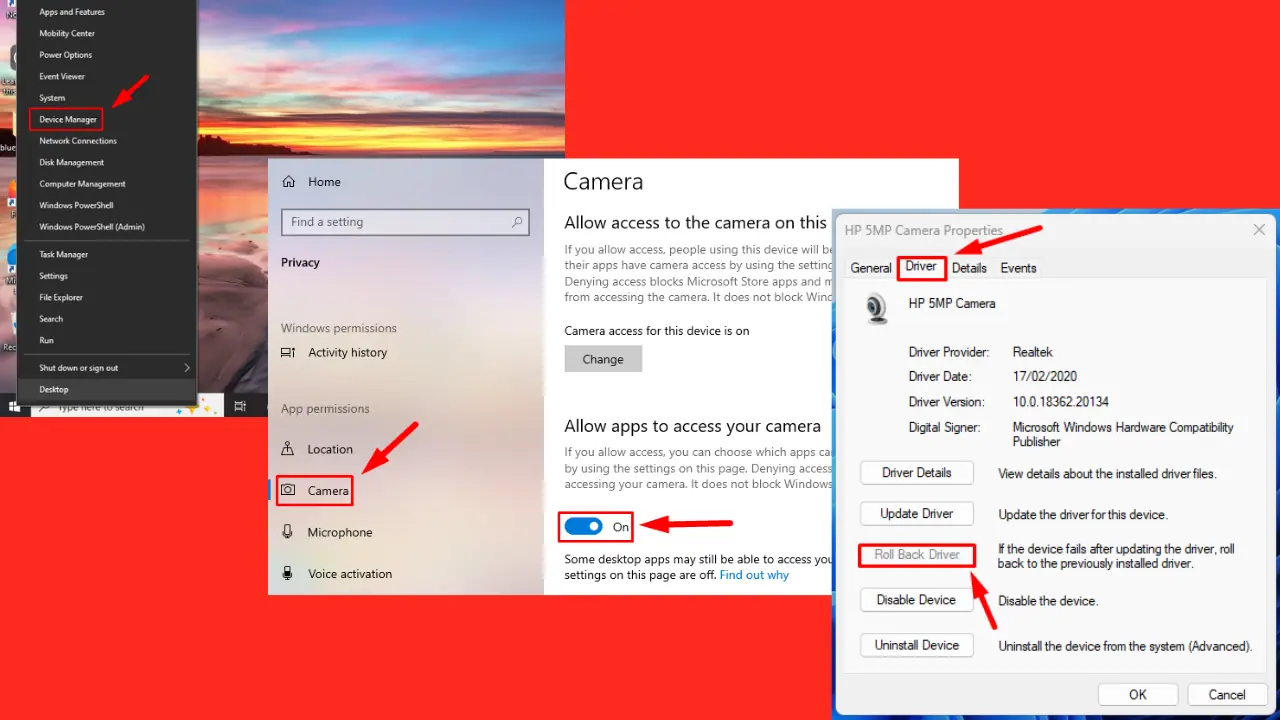
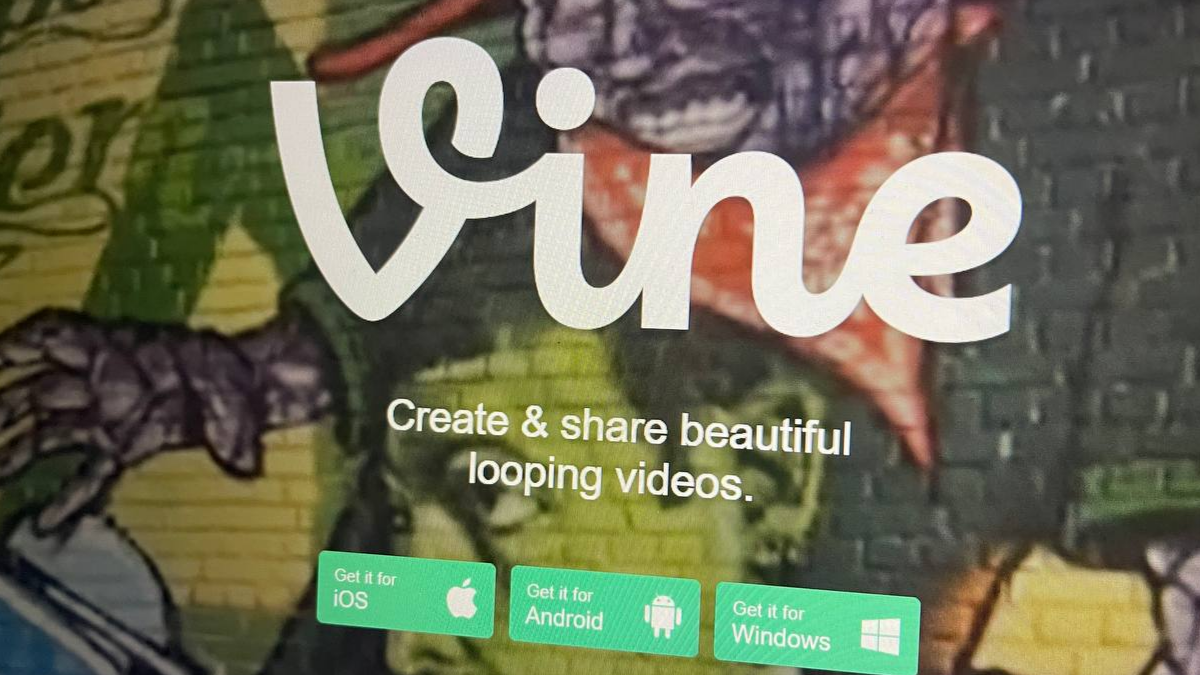
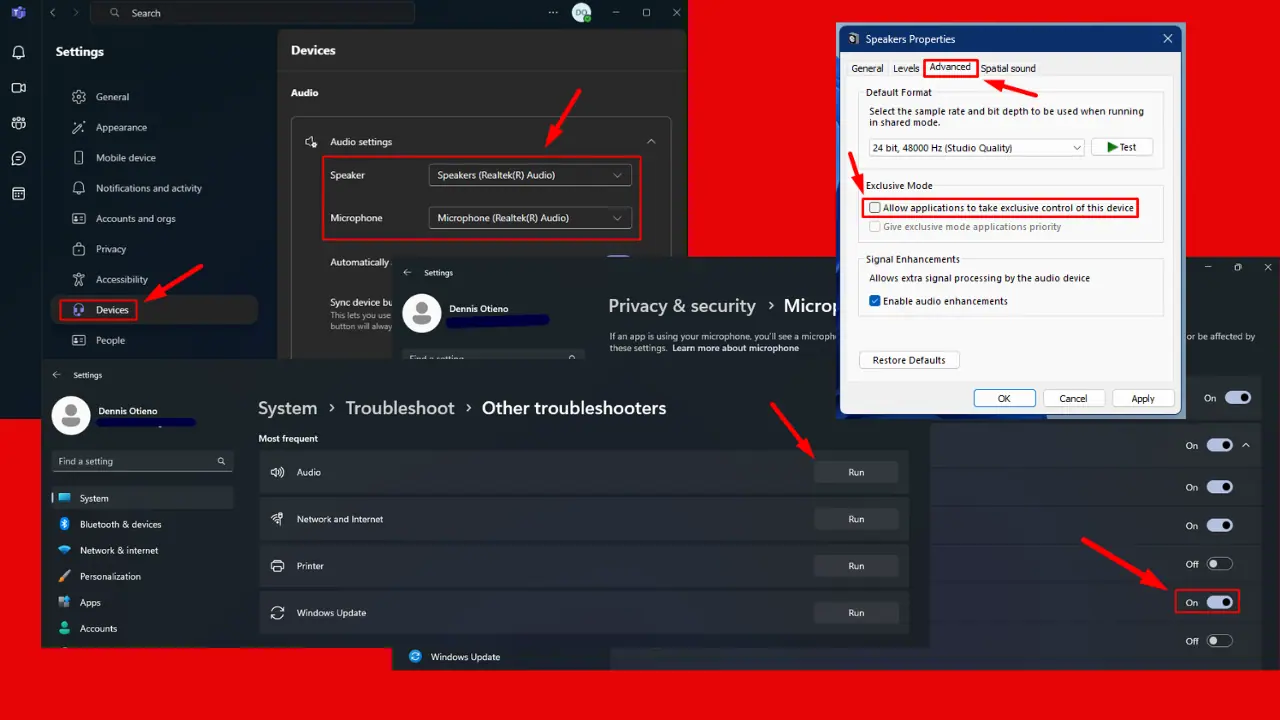
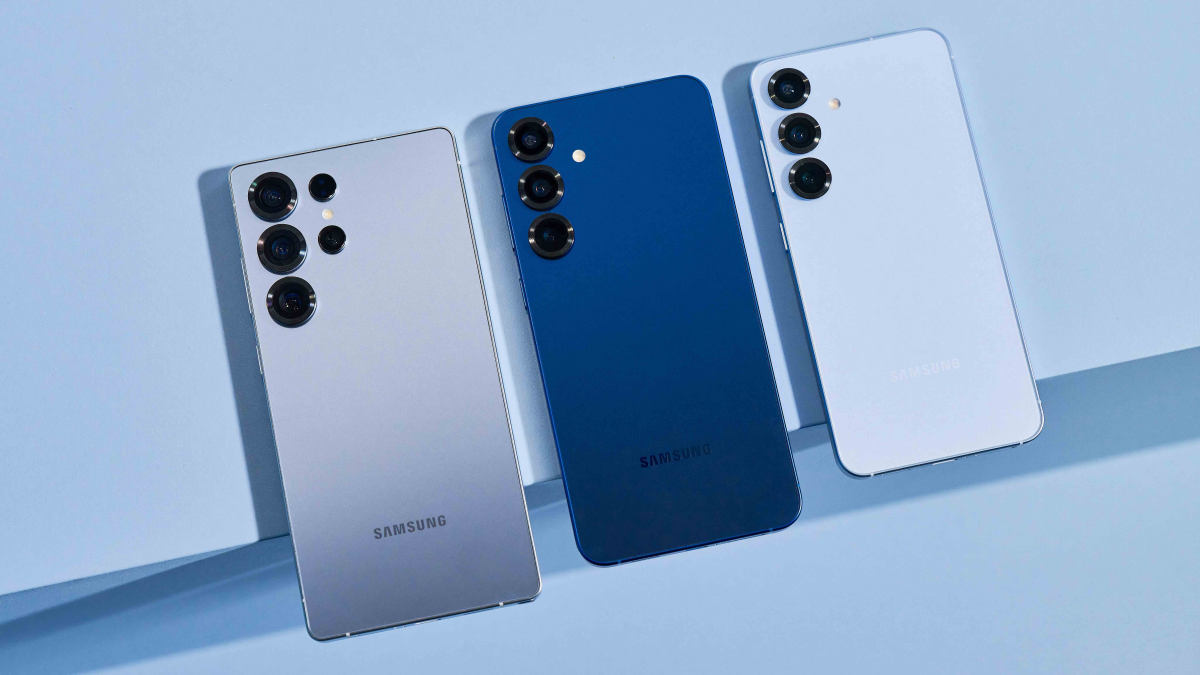
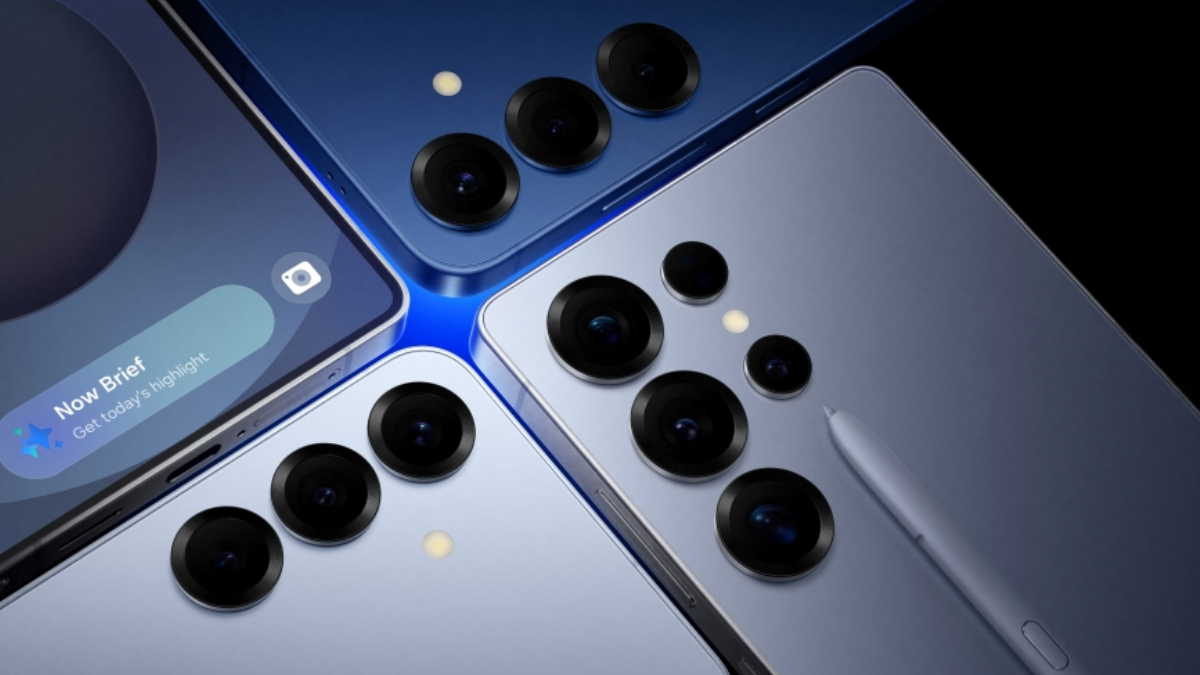
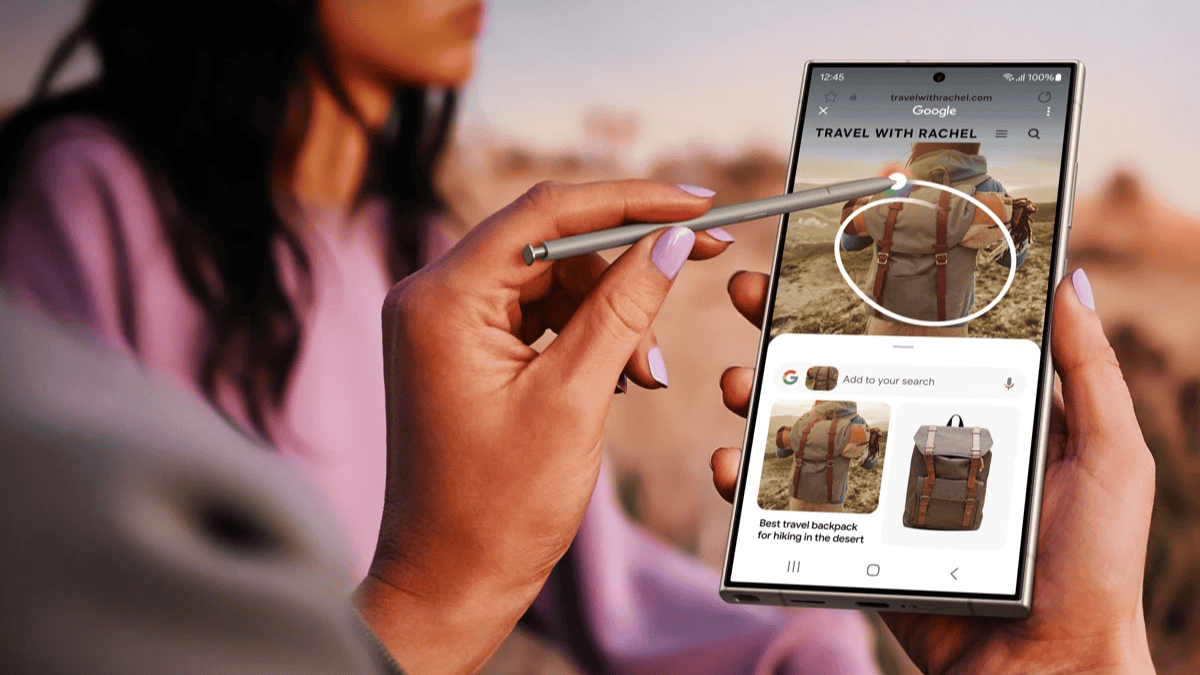
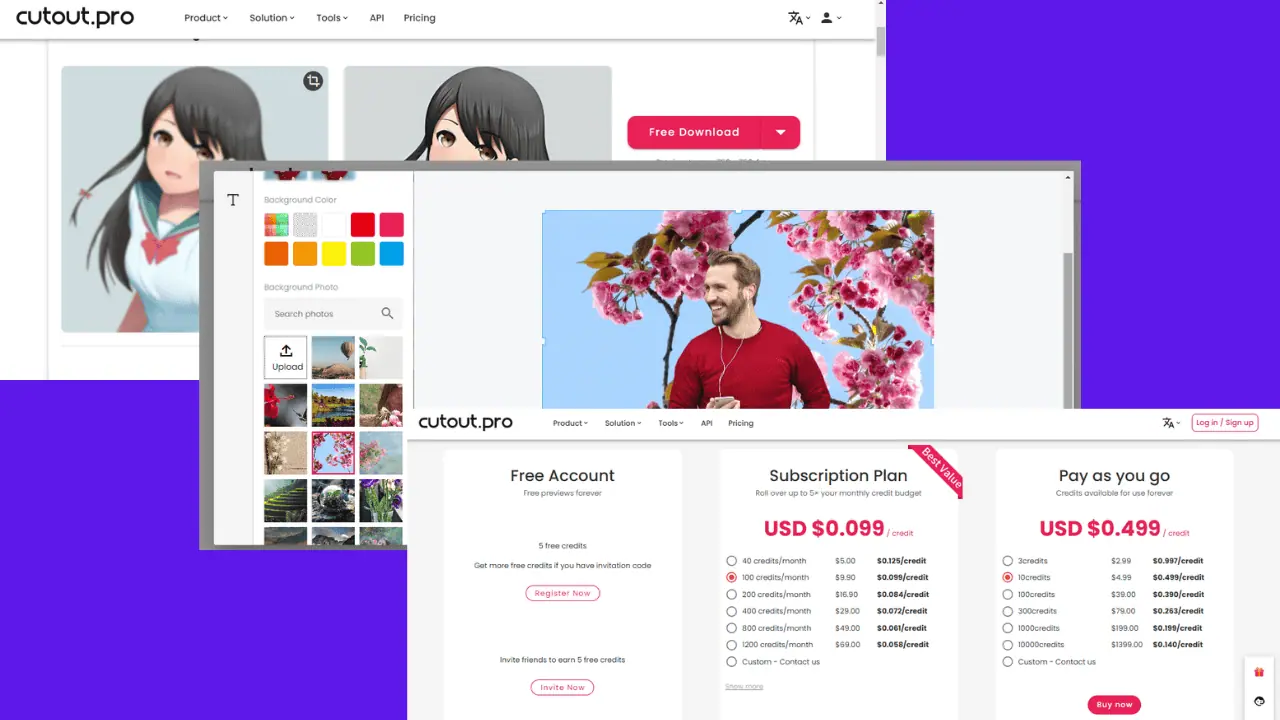
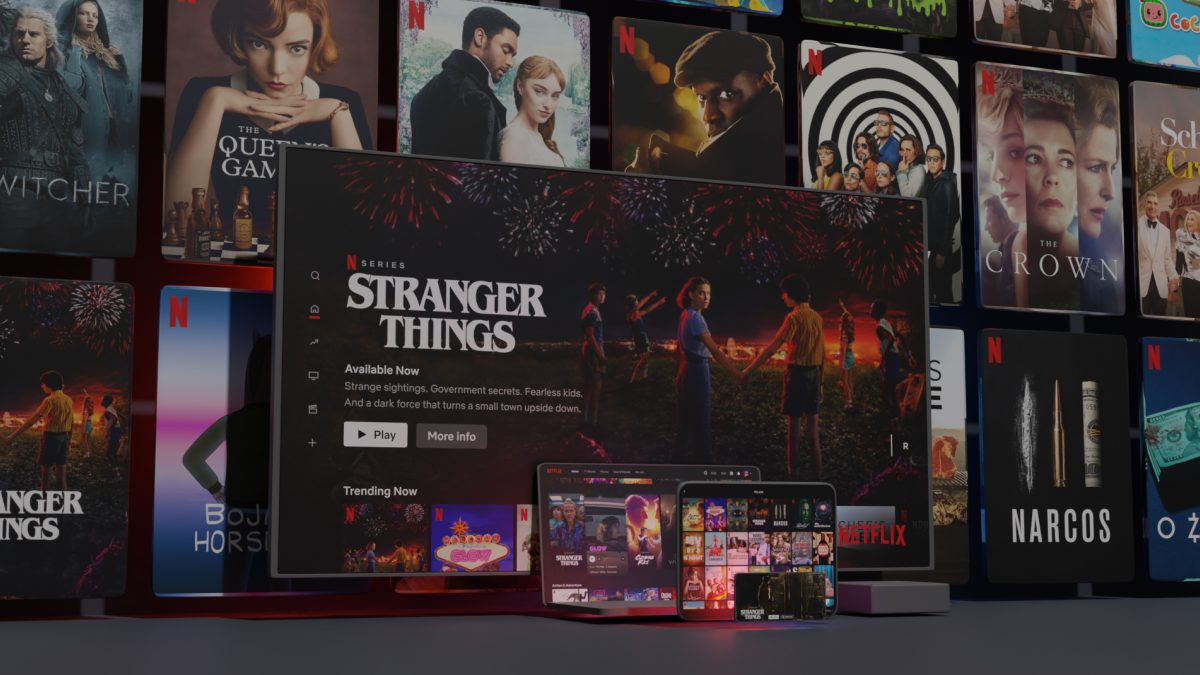
User forum
0 messages